An internal tool to automate SIM assignment process
Telus IoT is a suite of IoT (Internet of Things) solutions offered by the Canadian telecommunications company Telus. These solutions allow businesses to connect and manage a wide range of devices, sensors, and equipment using Telus's network. With Telus IoT, businesses can track and monitor assets, collect and analyze data, and automate processes, all in real-time. Telus IoT offers a range of applications, including asset tracking, predictive maintenance, environmental monitoring, and more, that are customizable to meet the specific needs of each business.
Background
In TELUS Internet of Things (IoT) Delivery & Support team, there is a dedicated team called Center of Excellence (COE). One of the primary responsibilities of this team is to manually process MSISDNs and assign them to SIMs as part of the SIM order process.This process of managing and assigning MSISDNs currently done manually, which requires a lot of labor and effort. However, this process can be improved and streamlined by automation.
Additionally, the COE team is also responsible for generating reports on a regular basis, which are based on the current market trends and needs. These reports help the team to stay informed and make data-driven decisions that optimize their operations.
- Definitions:
-
- MSISDN: Mobile Station International Subscriber Directory Number (MSISDN) is a number used to identify a mobile phone number internationally. It is grouped in blocks of 10k numbers.
- ICCID: Integrated circuit card identifier (ICCID) is the identifier of the actual SIM card itself – i.e. an identifier for the SIM chip.
- COE: Center Of Excellence is the Telus IoT's in-house Delivery & Support Team
- Key Features:
-
- This tool centralizes all relevant information into a single platform, which eliminates the need to maintain separate Excel sheets for each record.
- With its automatic trend analysis and usage calculations, this tool can provide valuable insights into the current and future needs of customers. This helps businesses make data-driven decisions that optimize their operations.
- This tool automates the process of assigning and transferring SIM cards, which streamlines the workflow and reduces the risk of errors that can occur when these tasks are done manually.
Summary
The objective of this tool is to make the process easier, save time and enhance the speed of completion. The use of this tool has resulted in a reduction of approximately 3 hours per week in the workload of Business Analysts, and about 15 hours per week for the COE, leading to an improvement in overall efficiency.
- Type
- Web Application
- Tech Stack
- Angular 9, Material Design
- Team
-
- 1 Product owner
- 1 FE developer
- 1 BE developer
- 1 QA
Mind Map
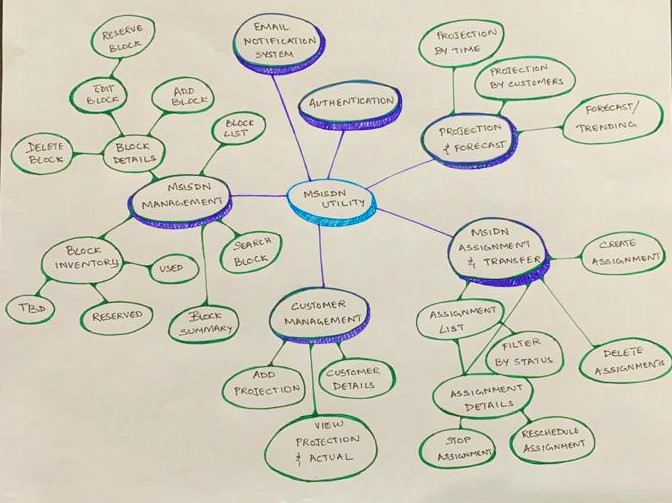
Site Map
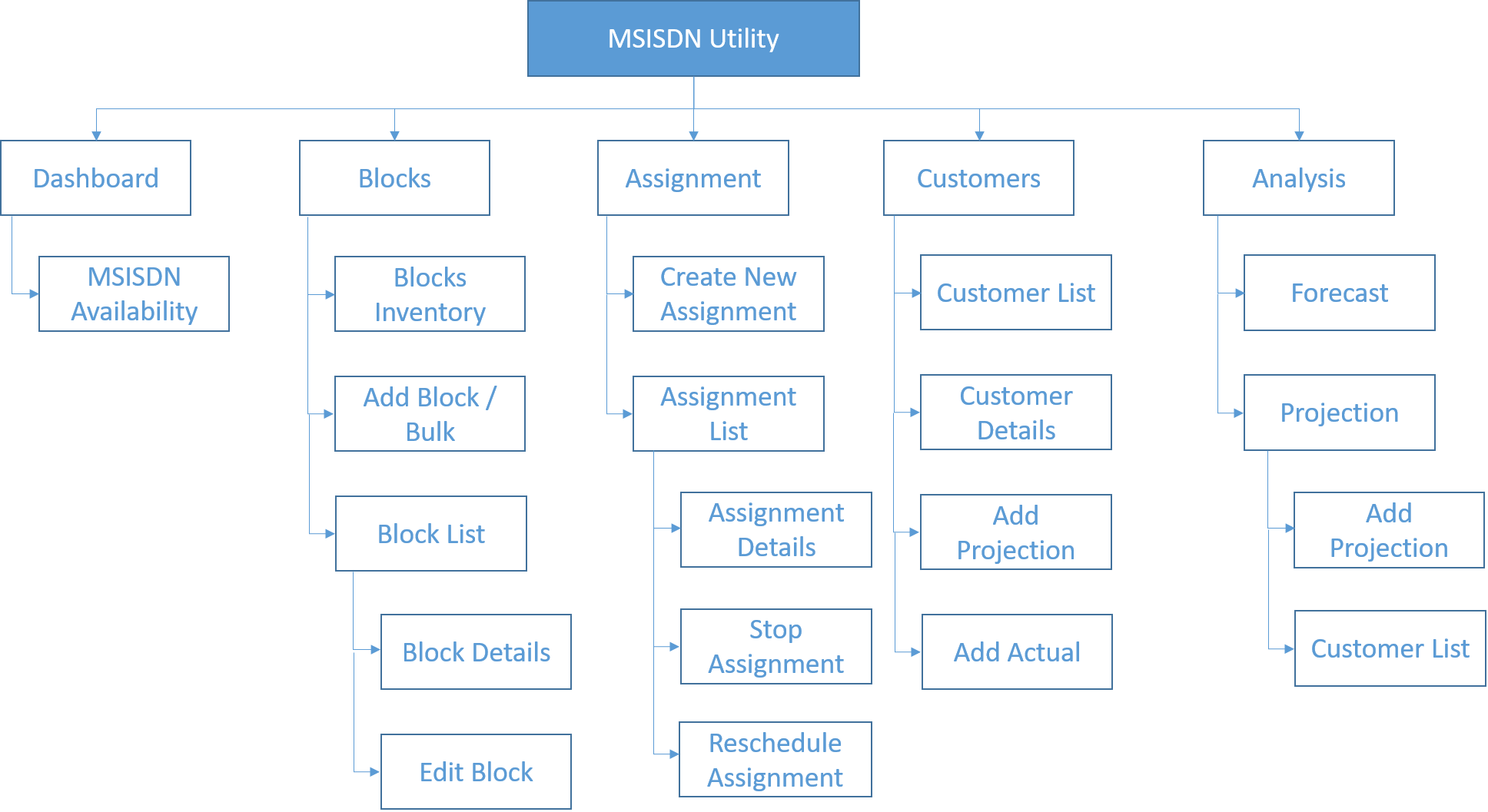
User Persona
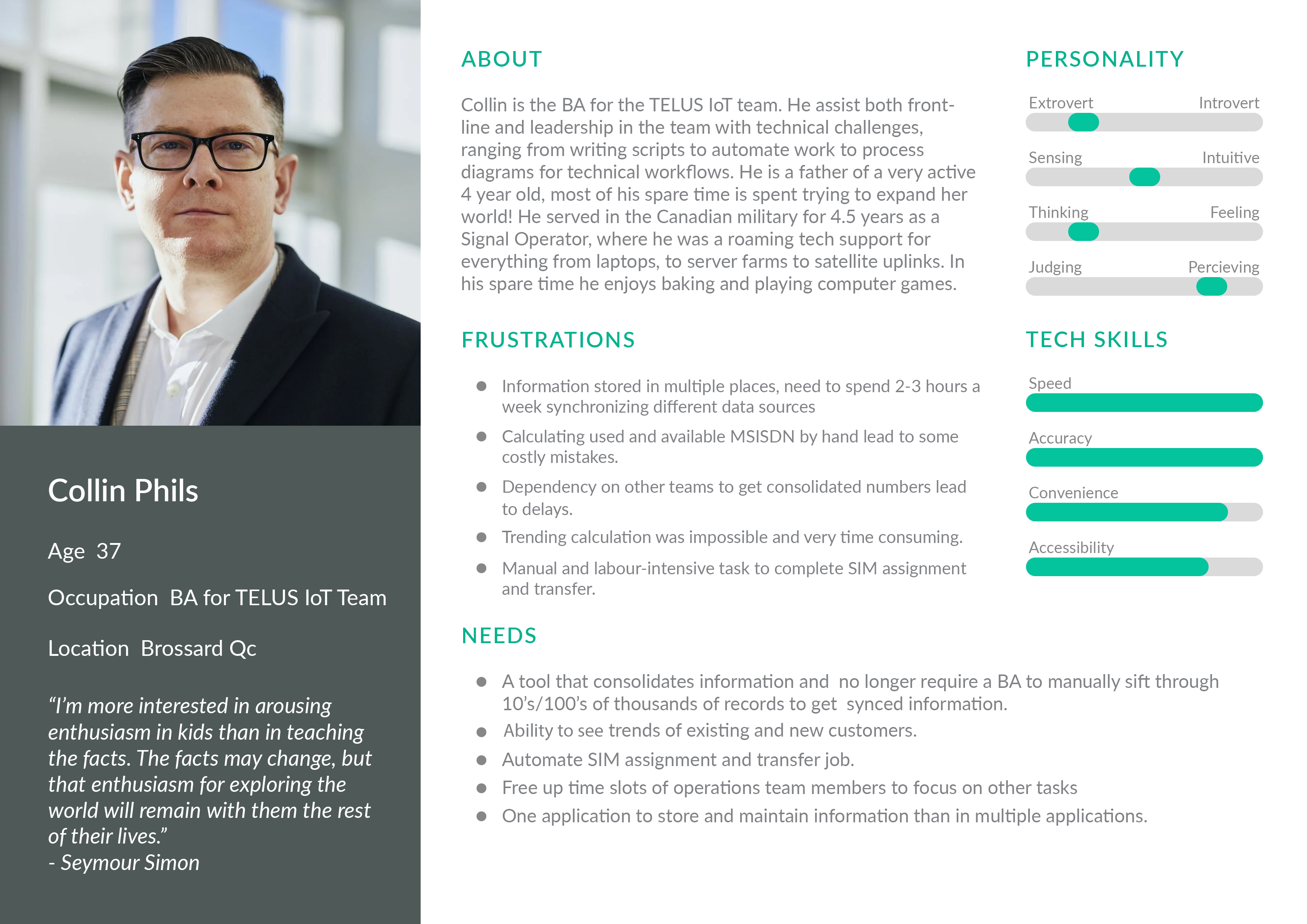
Product Screenshots
- Dashboard
-

Figure: MSISDN Utility Dashboard - Forecast
-

Figure: MSISDN Utility forecast page - Projections
-
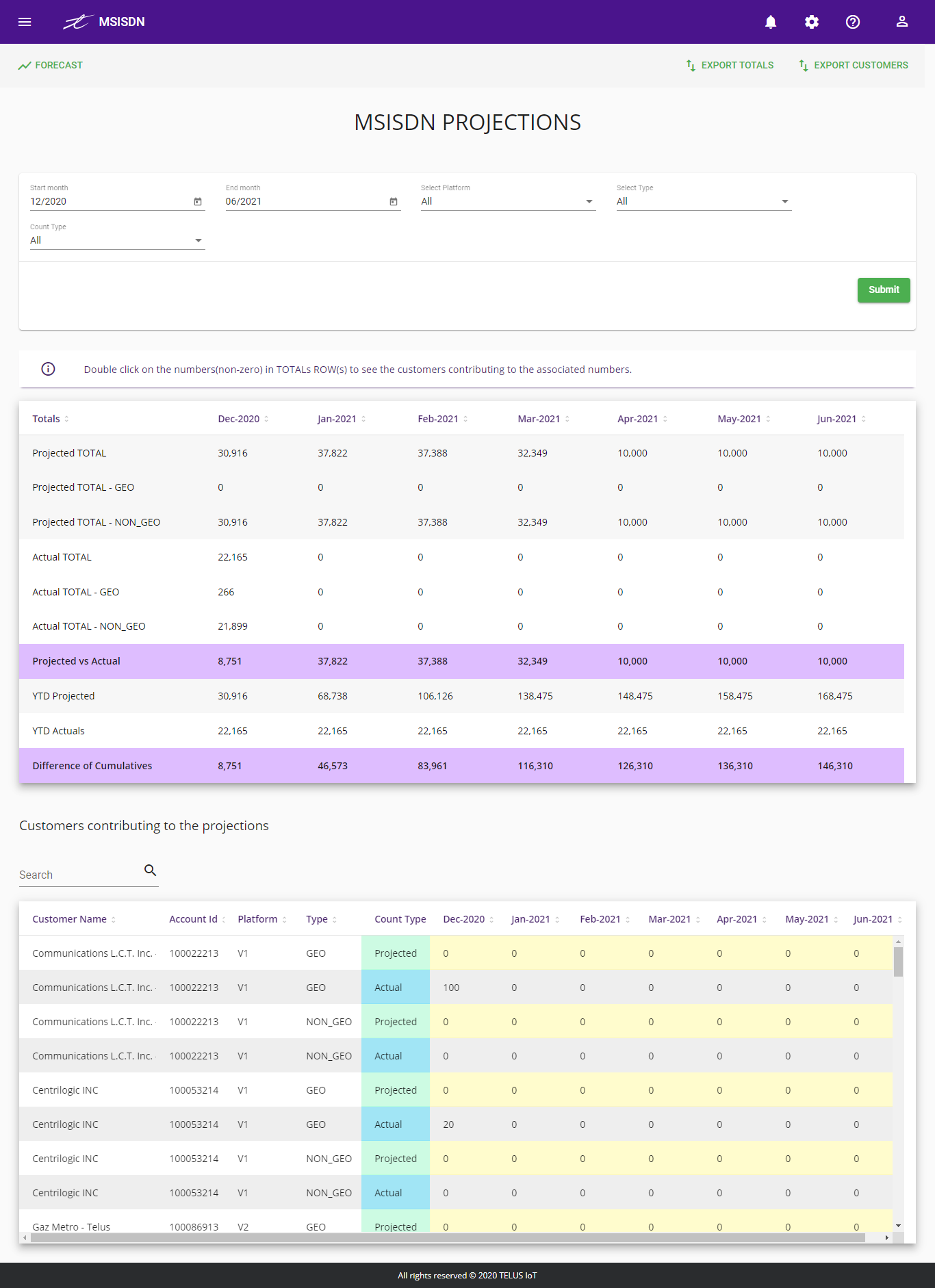
Figure: MSISDN Utility projections page - Inventory
-
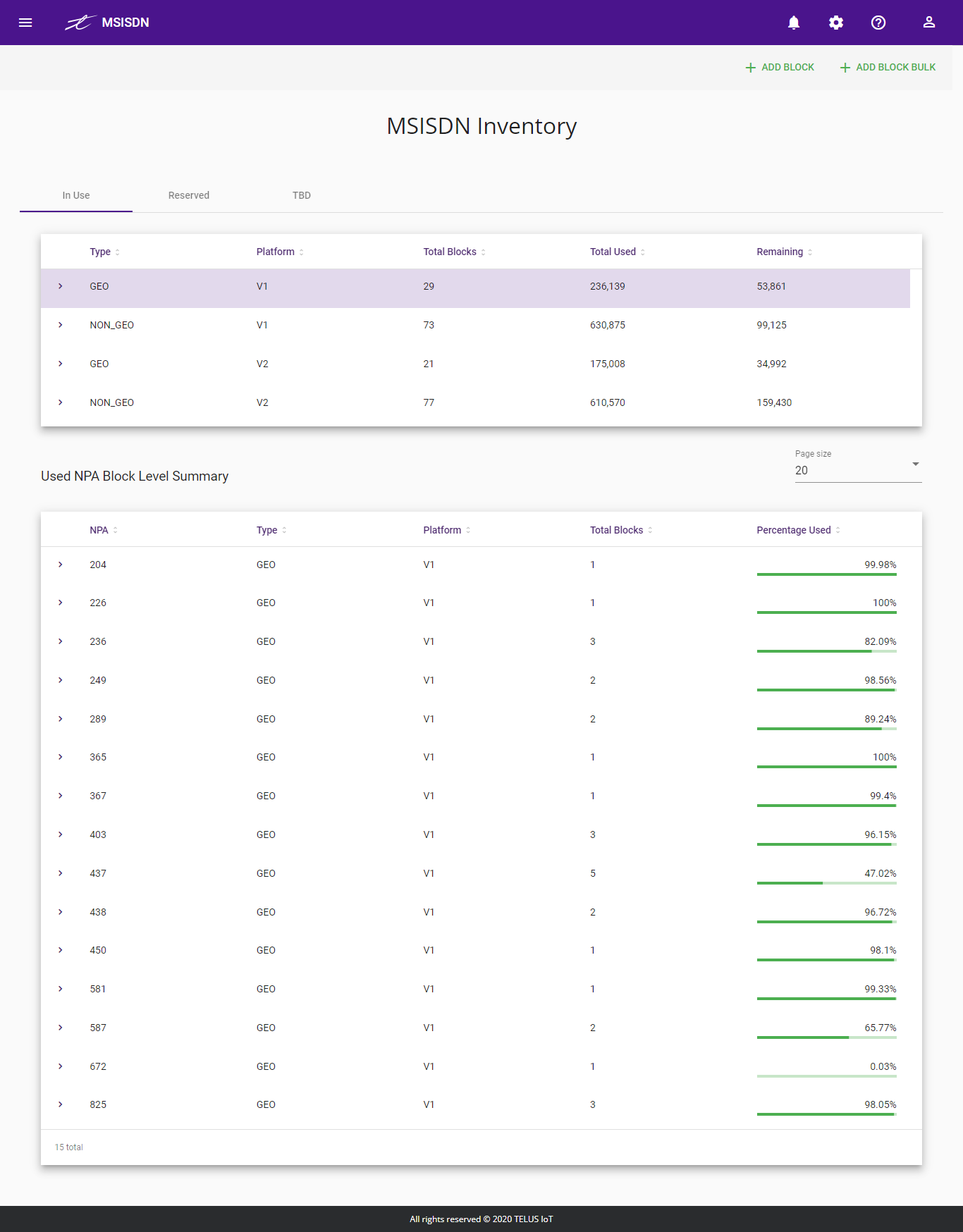
Figure: MSISDN Utility inventory page
My Learning Outcome:
- Vague requirements and assumptions in the initial phase of development can lead to potential issues later on.
- Involving stakeholders (such as COE and BA) who are the actual end users of the tool is critical to ensure that the end product meets their requirements effectively.
- Iterative testing and receiving feedback from stakeholders during the development process is important to make informed decisions and automate tasks efficiently.
- Engaging with stakeholders from the beginning of the development process can help avoid potential issues and ensure the end product meets their requirements effectively.
